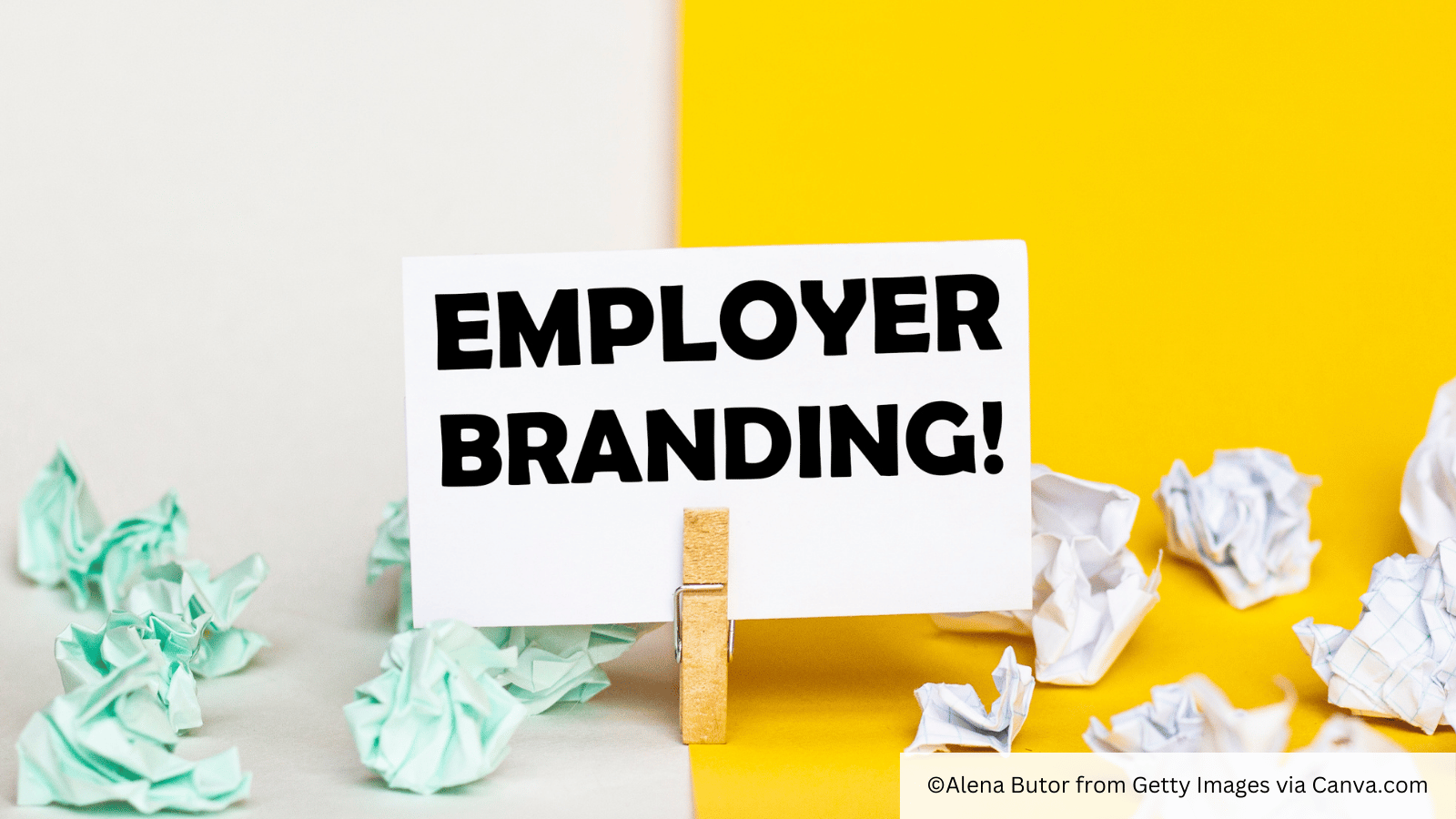We recently looked at the importance of building a strong employer brand – which is particularly key now, before the job market rebounds in the coming months. But what does a good brand look like? We’ve outlined some examples with key takeaways from each.
As any in-house hiring specialist will know, the best employer brands can help organisations to get on the radar of a larger number of high-quality candidates and ultimately reduce hiring time and costs. It also supports better retention of existing staff, and can contribute to higher levels of engagement with workforces. However, they have to be authentic, and reflect the company's values, cultures and working environment in a compelling way. If those elements aren't aligned, then it will be challenging to build an effective brand.
But which companies do the best job of promoting themselves as an attractive employer?
The search giant consistently ranks as one of the best places to work and offers perks galore including on-site healthcare, free meals, wellness programmes – you name it, Google will be doing it. However, it should be balanced by saying that the firm has an enormous budget and not many organisations will be able to support the levels of financial investment in staff as they do. Some of the brand’s more unique features are the offer of free food and snacks for employees and the ‘20% time policy’. This enables Google staff to use 20% of their time on projects that they’re passionate about, even if they’re not work related. Ultimately, the success of the brand is down to efforts to build a vibrant, inclusive and limitless experience for staff, and then using its vast reach to promote messages to target audiences.
Innocent smoothies
But it’s not just mega companies that can have compelling propositions, smaller ones can too. The smoothie and fruit juice company’s employer brand has a strong alignment with its wider brand in that it’s quirky, funny, but also clean and very tied to its British roots. Equally, Innocent’s employer offer is also used in what they present commercially to the outside world and ties in a lot of what it’s like to work there in a natural (one of the company’s five key values) and authentic, way. Their content is funny, engaging and consistent and helps to attract potential candidates partly because of the company’s truly authentic nature.
Brother International
A lesser—known example, but one that shows the impact of revamping a brand, and building compelling online content for candidates. Brother International provides home and business office products, and saw a 140% increase in applications and major uptick in web traffic following a redevelopment of its career platform. The company put a major focus on what it gives back to staff in a clear and creative way, and reaped the rewards. It rebuilt the candidate journey and overall user experience, made itself more visible through the use of effective content, and then projected messages through creative marketing campaigns. And let’s be honest, office furniture isn’t as interesting as smoothies and Google; but Brother International show that even less glamorous companies can build a strong employer brand.
Unilever
Sitting in midtable in the ‘sexy’ workplaces table, Unilever doesn’t rely on its status as a global organisation to attract staff. The business owns more than 400 major brands that can be found in seven out of ten households in the world, but it doesn’t rest on its laurels when building talent pools. Instead, the company places a big focus on sustainability, an increasing priority for younger generations in particular. This forms a key part of its employer brand and all roles place an emphasis on importance of supporting the environment and reducing carbon emissions. All employees are expected to align with these views and Unilever also offers an extensive development and learning programme to boost the skills of their staff.
It's all well and good knowing what a good brand looks like, but how do you build one?
The first step is to understand your company and own your employee value proposition (EVP). Ask the question, what makes your firm unique? An effective way of starting this process is to survey and get feedback from staff and enable them to be involved in the creation of the new brand direction.
One clear trend that’s consistent across each of these brands is a focus on development of employees and ensuring that they have access to continuous learning opportunities. It shows staff are valued and that their employer is committed to their growth, and it means organisations have a workforce built of people with broad skillsets.
And despite what some surveys, usually funded by investors with large commercial property portfolios, might tell you, work-life balance, and flexible working, are key in the current market. Younger generations value the higher levels of trust given to them when being allowed to choose where and when they work, and in most industries, it increases productivity. In-person days are key, but providing a balance to staff within your brand and EVP is essential for organisations.
When your brand is formed, leverage your staff; they’re your best brand ambassadors so get them to use their networks and personal reach to promote your company as a great place to work.
There are a lot of factors to consider when building your employer brand – and it’s no easy task for already busy in-house hiring teams. If you’d like to work with the experts to help build your brand, then speak to our team.
With over a decade’s experience in PR, marketing and communications, Bruce develops and executes media relations, content and social media strategies for firms in the recruitment and hiring industries, as well as suppliers to those sectors and other organisations both in the UK and internationally.
Read more of our blogs


